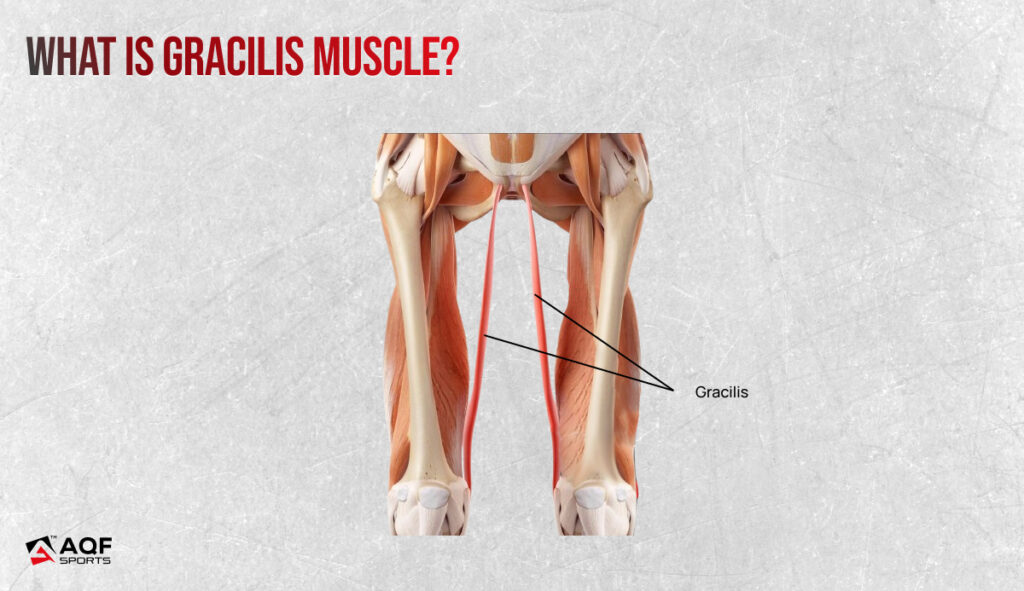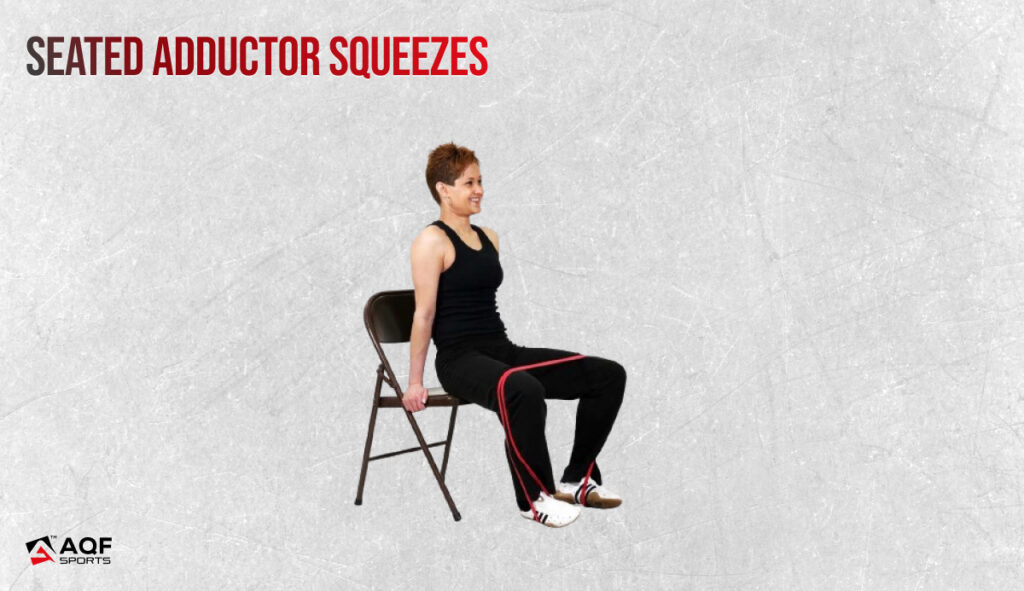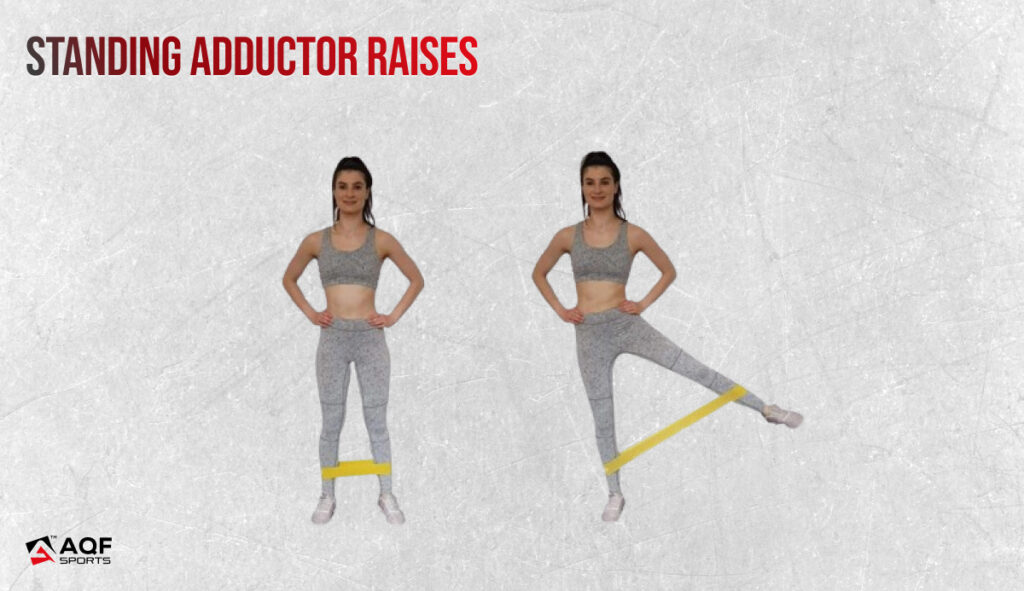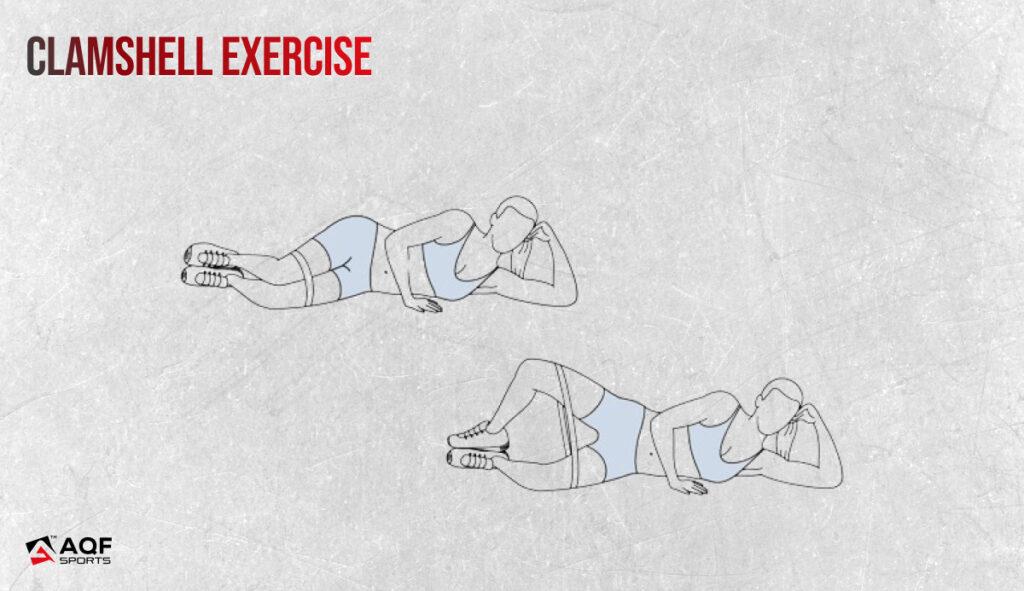How to Get Rid of Gracilis Muscle Pain

Ever experienced a nagging, deep ache in your inner thigh that just won’t go away? Chances are, you’re dealing with gracilis muscle pain – an often overlooked yet incredibly frustrating condition. This thin, flat muscle may seem unassuming, but its strategic location and crucial role in thigh adduction make it a prime target for strains, tightness, and excruciating discomfort.
Whether you’re an avid cyclist, a weekend warrior, or simply someone who spends too much time sitting cross-legged, gracilis muscle pain can sideline you from your favorite activities and make even the simplest movements a challenge. But fear not! In this comprehensive guide, we’ll dive deep into the gracilis muscle muscle pain, its causes, symptoms, and most importantly, the effective strategies like strengthening exercises through Resistance bands to bid farewell to gracilis muscle pain.
But before that, let’s get to know the gracilis muscle a bit more:
What is Gracilis Muscle?
The gracilis muscle is located in the inner thigh region. Here are some key details about its location and function:
Location:
- It originates from the pubic bone and runs vertically down the inner thigh.
- It inserts into the medial condyle of the tibia (inner side of the knee joint).
- It is one of the muscles that makes up the adductor muscle group of the thigh.

Function:
- Primary function is adduction of the thigh – bringing the thigh inwards toward the midline of the body.
- Assists in flexion of the leg at the knee joint.
- Aids in medial (internal) rotation of the thigh when the hip is flexed.
- Helps stabilize the knee joint during movement.
The gracilis crosses both the hip and knee joints, allowing it to play a role in movements involving adduction, flexion, and medial rotation of the thigh and leg.
Its position on the inner thigh makes the gracilis susceptible to overuse, strains, or injuries from activities that involve repetitive adduction movements or sudden forceful contractions during running, jumping, or rapid changes in direction.
Symptoms of Gracilis Muscle Pain
Tightness, trigger points, or strains in the gracilis can cause localized inner thigh pain, difficulty bringing the legs together, and potential referral of pain to the groin or knee areas due to the muscle’s attachments.
What are the causes of Gracilis Muscle Pain
Muscle strain or tear:
Overuse, excessive stretching, or sudden forceful movements can lead to strains or tears in the gracilis muscle. This is a common injury among athletes who participate in activities that involve sudden changes in direction or sprinting.
Repetitive stress:
Repetitive activities that involve the inner thigh muscles, such as cycling or activities that require frequent leg adduction (bringing the legs together), can cause overuse and irritation of the gracilis muscle.
Muscle imbalances:
Imbalances in strength or flexibility between the inner and outer thigh muscles can place excessive stress on the gracilis muscle, leading to pain or discomfort.
Referred pain:
In some cases, gracilis muscle pain may be referred from other structures in the pelvic or lower back region, such as the hip joint, sacroiliac joint, or lumbar spine.
Muscle knots or trigger points:
Tight knots or trigger points can develop in the gracilis muscle, causing localized pain and tenderness.
Injury to surrounding structures:
Injuries to nearby structures, such as the adductor tendons, hamstring muscles, or hip joint, can sometimes cause referred pain or compensatory strain on the gracilis muscle.
Suggested Read: 7 Common Sports Injuries You Need to Know About
Nerve entrapment:
Compression or entrapment of nerves that supply the gracilis muscle, such as the obturator nerve, can result in muscle pain or discomfort.
If the gracilis muscle pain persists or is severe, it is recommended to consult a healthcare professional, such as a physiotherapist or orthopedic specialist, for proper evaluation and treatment.
How to get Rid of Gracilis Muscle Pain
Here are some effective ways to get rid of gracilis muscle pain:
Ice and Heat Therapy:
Apply ice packs to the inner thigh area for 15-20 minutes, several times a day, to reduce inflammation and pain, especially in the acute stage.
Use heat pads or warm compresses on the area after a few days to promote blood flow and healing.
Stretching and Foam Rolling:
Perform gentle static stretches for the inner thigh and adductor muscles, holding each stretch for 30 seconds.
Use a foam roller to massage and release tension in the gracilis muscle by rolling it gently over the inner thigh area.
Strengthening Exercises:
Once the acute pain subsides, incorporate strengthening exercises for the inner thigh muscles, such as inner thigh leg raises or adductor machine exercises, to help prevent future injuries.
Resistance bands allow you to perform strengthening exercises for the inner thigh muscles, including the gracilis. You can perform these exercises to get rid of this pain:
- Seated adductor squeezes: Place the resistance band around your thighs and squeeze inward against the resistance.

- Standing adductor raises: Secure the band around your ankles and raise one leg out to the side against the resistance.

- Clamshell exercise: Lie on your side with the band around your thighs and raise the top knee against the resistance.

Massage Therapy:
Seek out a qualified massage therapist who can perform deep tissue massage or trigger point therapy to release muscle knots and tension in the gracilis muscle.
Over-the-Counter Medications:
Take non-steroidal anti-inflammatory drugs (NSAIDs) like ibuprofen or naproxen to help reduce inflammation and alleviate pain.
Physical Therapy:
Work with a physical therapist who can provide specific exercises, stretches, and modalities (such as ultrasound or electrical stimulation) to address the gracilis muscle pain and improve function.
Corticosteroid Injections (in severe cases):
If conservative treatments are ineffective, your doctor may recommend a corticosteroid injection into the affected area to reduce inflammation and pain.
The Bottomline
From targeted stretches and strengthening exercises to cutting-edge therapies and lifestyle modifications, several methods can help you get rid of gracilis muscle pain. So, get ready to bid adieu to that nagging discomfort and reclaim your freedom of movement – your inner thigh (and your overall well-being) will thank you!






